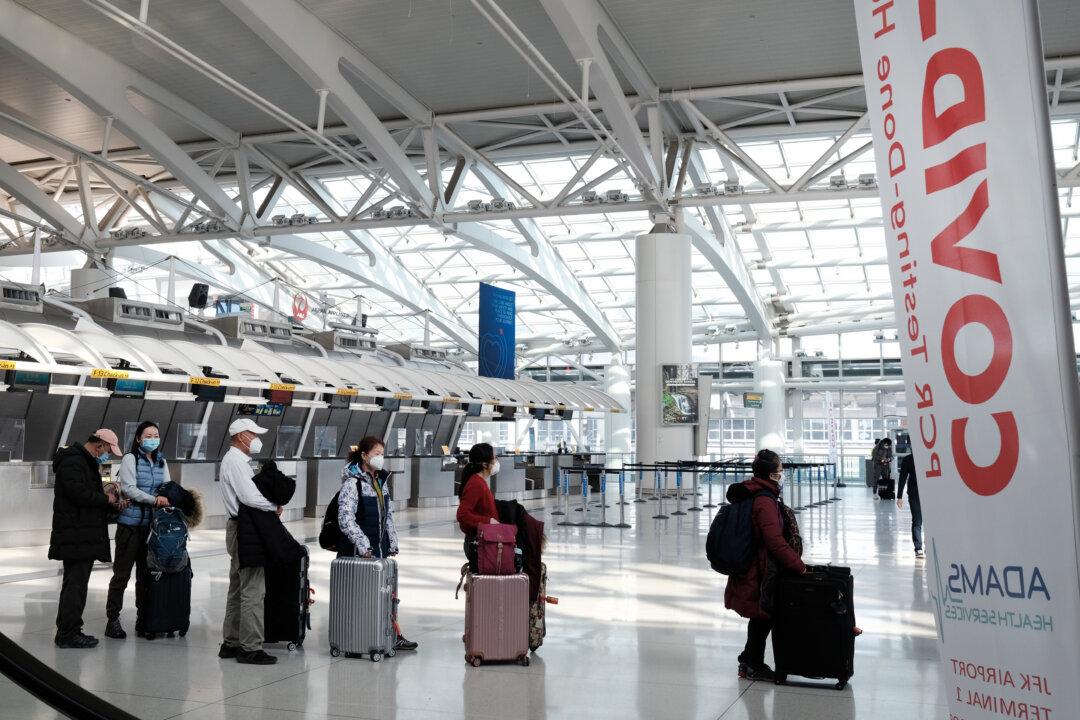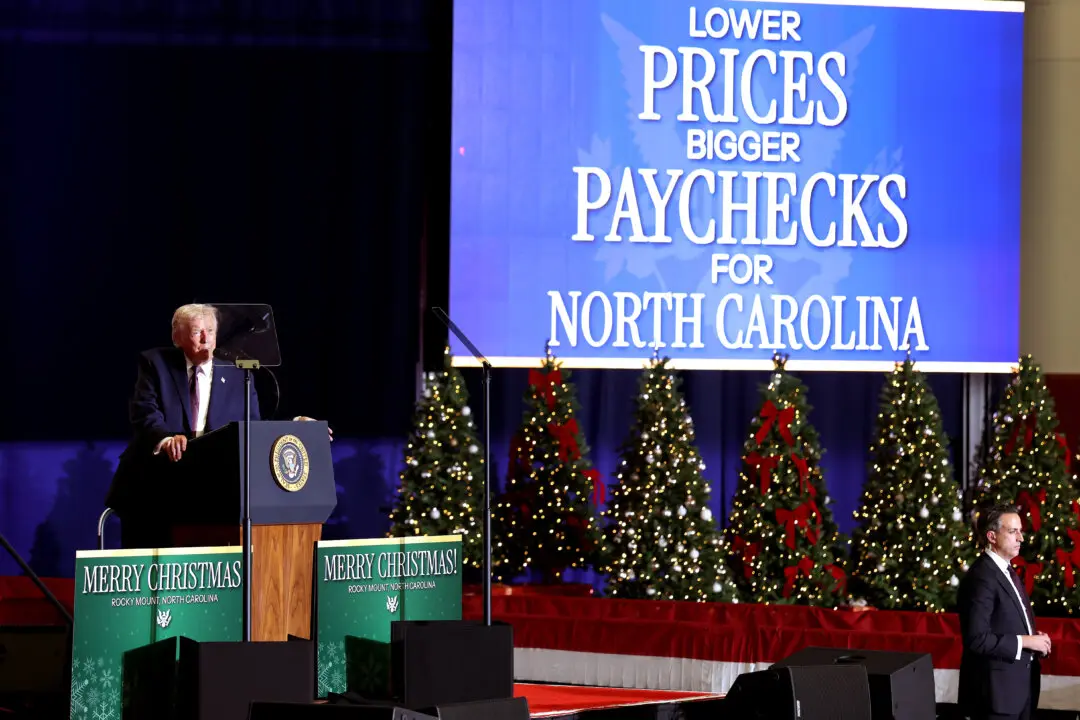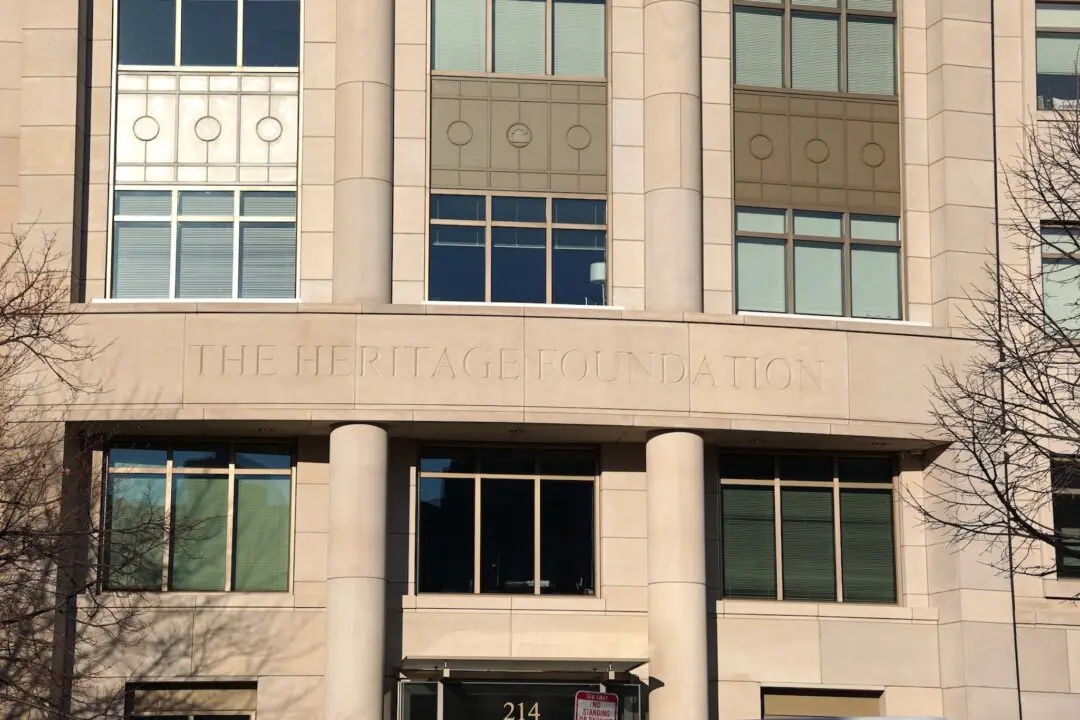WASHINGTON—The U.S. economy’s momentum has reversed in recent weeks as spikes in coronavirus cases have forced a series of renewed stay-at-home orders and business closures.
While states such as California, New York, and Michigan have begun to ease restrictions, economists are still pessimistic over the near-term outlook. It will be months before access to vaccines is widespread enough to help bring the pandemic under control and allow economic activity to rebound, according to forecasters.





